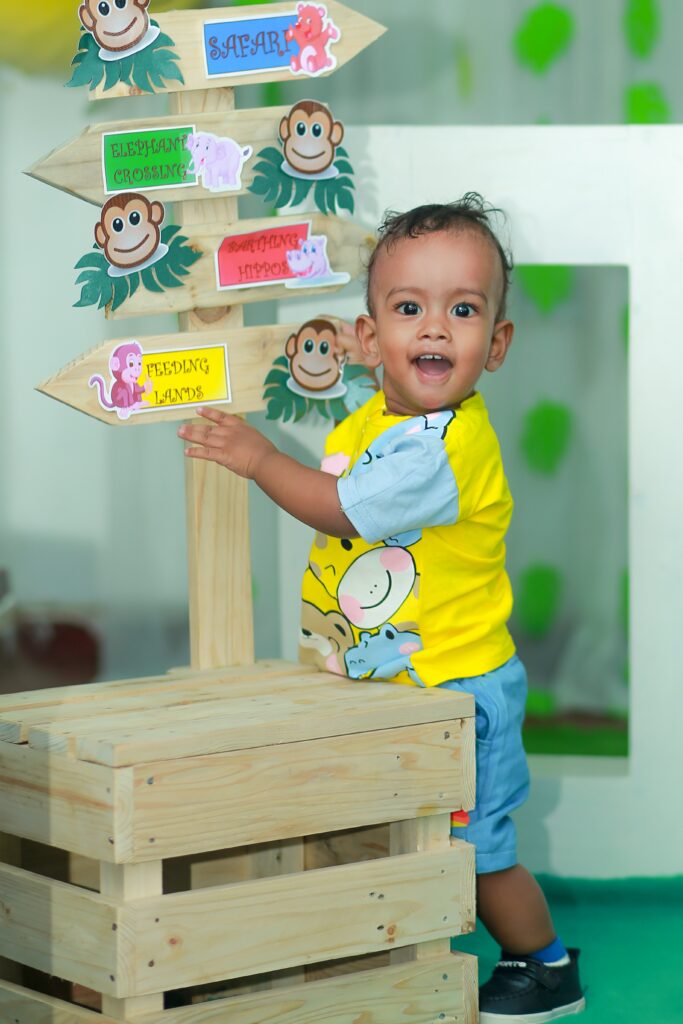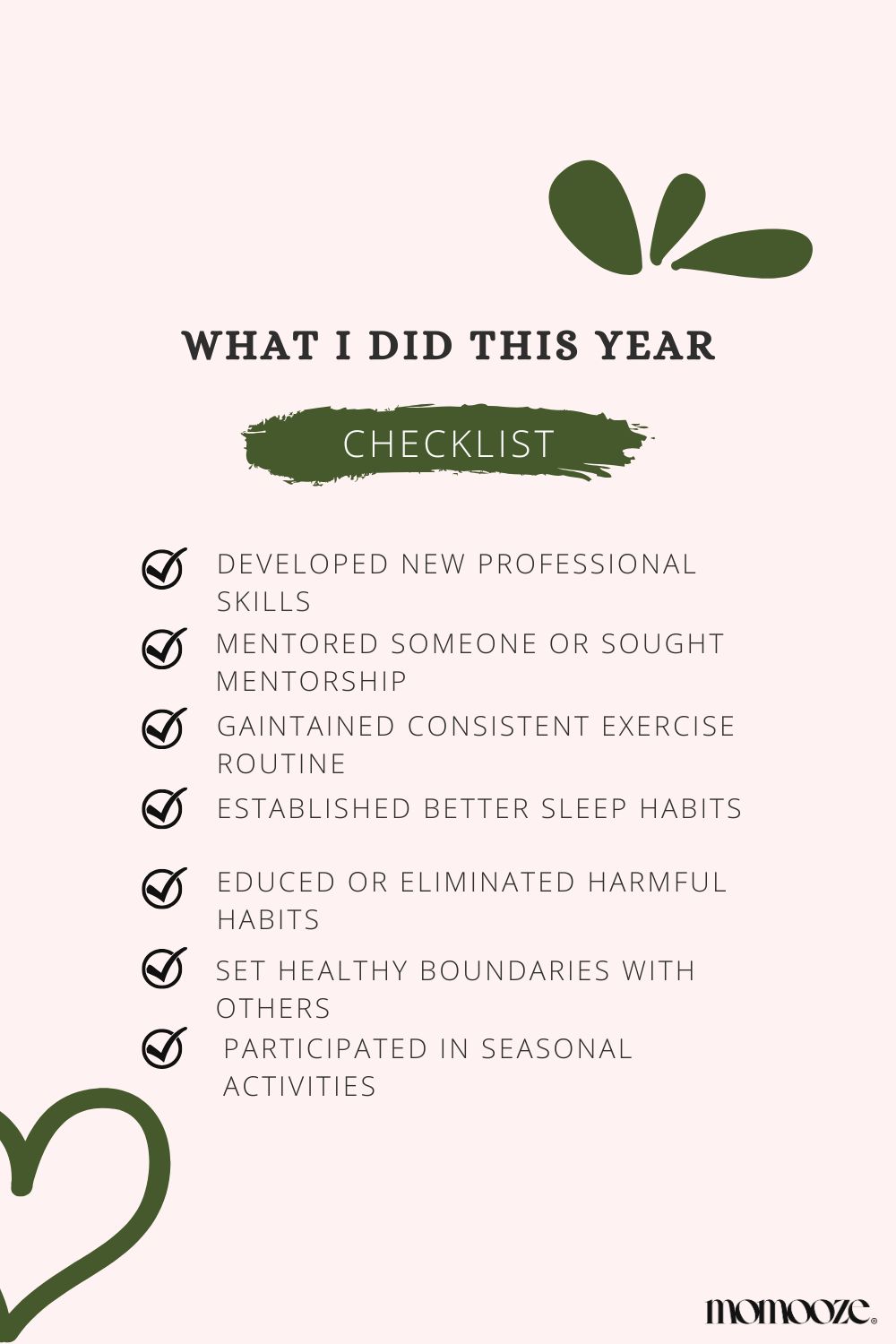Children learn through play. This notion has been proven repeatedly by researchers everywhere. Playing is as important for preschoolers as school is for older kids and work is for adults.
While dressing up, painting and playing games may seem simply like ways to pass the time, children need these experiences to learn how to function now and later in life. These activities help you fill their day while they grow socially, physically, and cognitively.

Creative Play vs. Structured Play
The two primary types of play are creative and structured. Structured play uses rules and boundaries to create a fun experience for everyone involved. Examples would be playing a board game or working together on skills.
Creative play is the opposite. It has no rules except safety boundaries. Children are free to exercise their creativity and imagination muscles. They may dress up and act out a scene, get their hands dirty outside, or experiment with art supplies. There’s no end to the possibilities.
Parents tend to be more comfortable with structured play since that’s how their world works — there’s order and rules. However, embracing the educational chaos of creative play will unlock new learning potential for your kids.
Benefits of Creative Play for Preschoolers
Since preschoolers spend a significant chunk of their day playing, they have much to gain from engaging in creative play.
1. Communication Skills
Creative play is the perfect setting for children to learn and practice new vocabulary, whether talking to themselves, other kids, or adults. Engaging with everyday items and imaginary elements expands your child’s access to new words and their meaning.
Your kids can simultaneously work on other communication skills while improving speech. They may practice writing while creating a treasure map for their next adventure. Nonverbal skills come naturally to your kids while they act out scenarios and stories from their imagination.
2. Imagination and Creativity
Since creative play isn’t structured with rules and boundaries, kids have more freedom to do whatever they like.
They could be knights invading a castle one moment and drawing fish for their submarine adventure the next. The world can be anything they want. The more kids engage their imagination, the stronger it will get.
3. Critical Thinking and Decision Making
Critical thinking and decision-making skills they learn through play can help them be successful for the rest of their lives. Open-ended, creative play leaves plenty of room for problem-solving and decision-making. Who gets to pick what to do? What should they dress up as?
Which color would make the best flower? These choices may seem trivial to an adult, but they’re laying a solid foundation for later.
4. Balance, Coordination, and Motor Skills
Any movement allows your child to practice balance, coordination, and fine and gross motor skills. Large movements like climbing are an excellent way to improve three out of the four.
Smaller movements, such as holding a paintbrush or building with blocks, allow kids to practice hand-eye coordination and develop the muscles in their fingers, hands, and wrists, making up their fine motor movements.
5. Emotional Regulation
Creative endeavors are an excellent way to learn about and handle emotions. Your child can channel their anger, joy or nerves into a work of art.
They can explore feelings by acting out stories. Preschoolers can’t always explain or express their emotions with words since they lack vocabulary or maturity, so creative play gives them an alternative for release.
How to Encourage Creative Play at Home
Day care centers and schools are catching on to the importance of creative, unstructured time for young kids to play. It’s great news for child development but only part of the picture.
What about the time your children spend at home with you in the evenings, on weekends, during school breaks and in summer? You can support creative play at home with these tips.
Send Them Outside
Your parents and grandparents had the right idea when they required their children to play outside daily. The backyard is a field of exploration and adventure just waiting for kids. Think of all the things they can create and imagine with items from the outside.
They can run and play without the same limits as the indoor pose. Plus, spending time in nature will improve your kids’ vitamin D levels and help them grow strong bones.
Set up an Art Station
Creativity comes to a halt when kids must ask your permission to create art and wait for you to get the supplies.
Keep a stash of safe items you don’t mind them using unsupervised. Paper, stickers, glue sticks, crayons, craft sticks and safety scissors are an excellent start for any at-home art station.
Create a Toy Rotation
Props, toys and costumes are integral components of creative play. However, too many at a time is problematic. Cluttered play areas are distracting, lowering your children’s ability to choose what to do and harming their productivity.
Keep some items out and place the others safely in storage. Trade them out every couple of weeks to keep playtime fresh.
Join in the Fun
One of the best tips for encouraging creative play at home is to do it yourself. Get down on the floor to make a block empire.
Don a mask and cape to save the stuffed animal village from crime. Paint a self-portrait with your fingers. Your child will love spending extra time with you and still benefit from creative play.
You Aren’t a Cruise Director
Engaging in creative play with your kids is crucial to supporting it at home. However, you must remember you aren’t solely responsible for their entertainment. The best imaginative play often comes out of boredom.
Let your children sit in the discomfort of the “I’m bored” phase until they create something new to do. Once they land on an idea, try to support it in any way they ask and let their imaginations soar.






